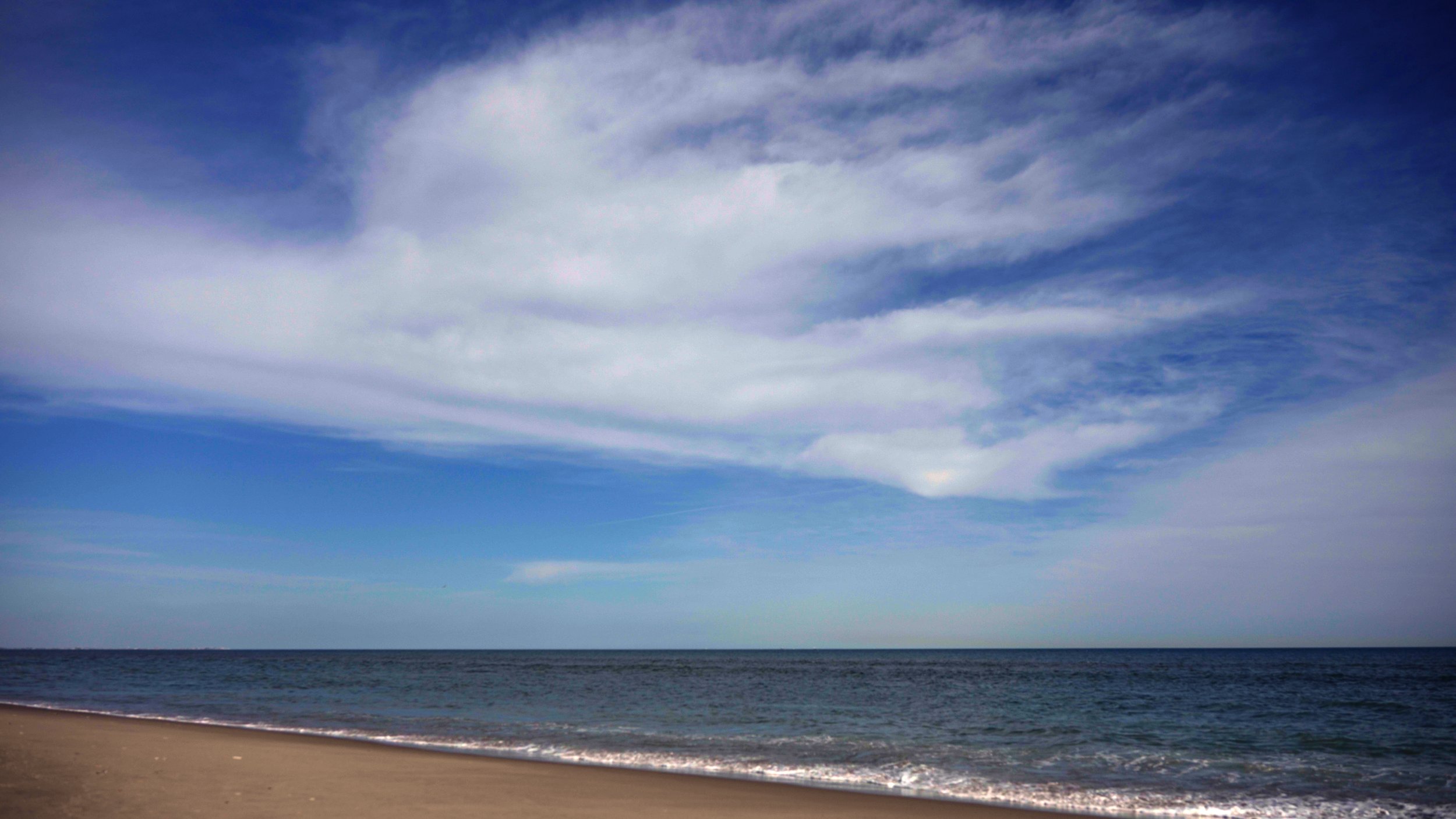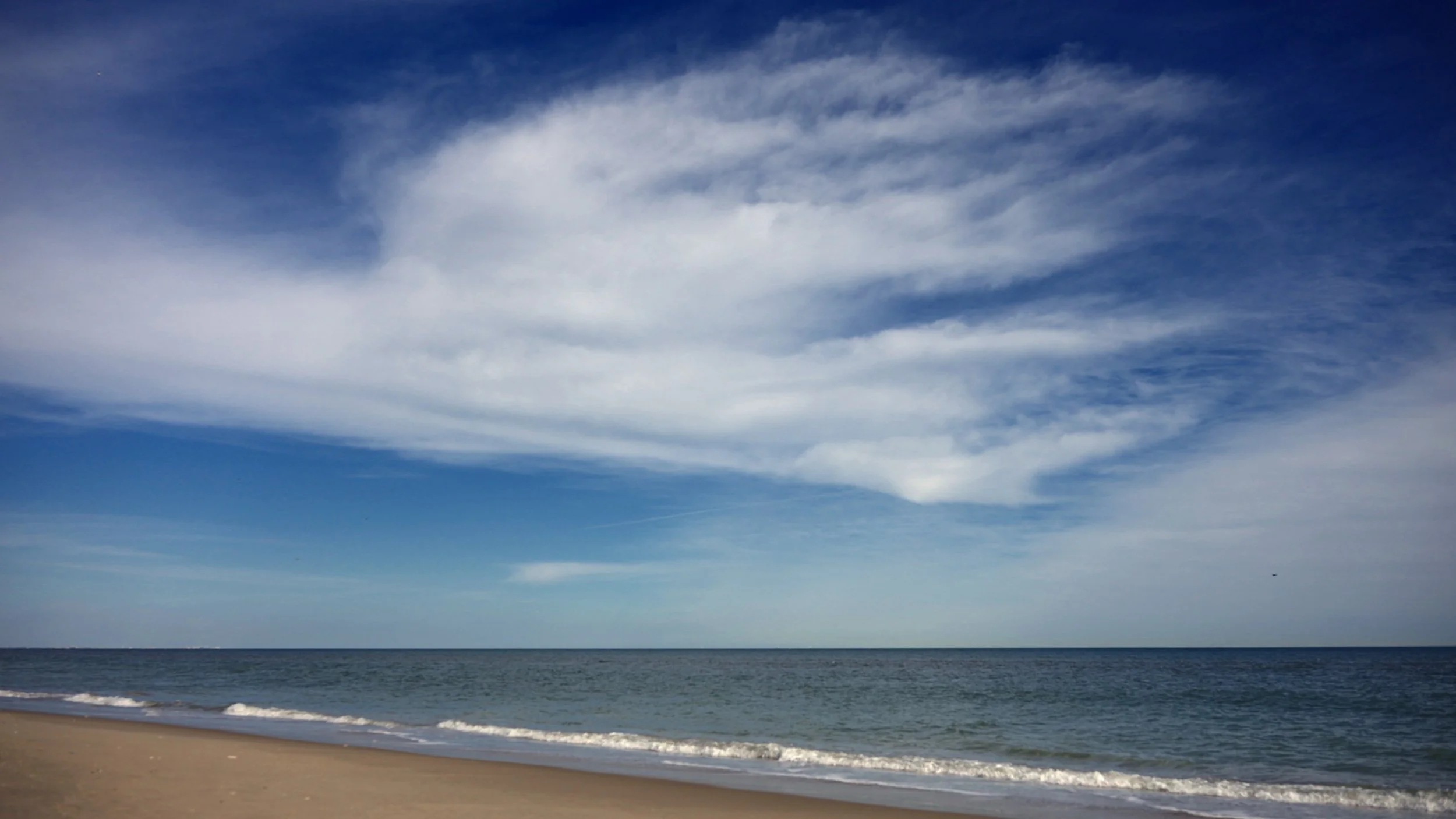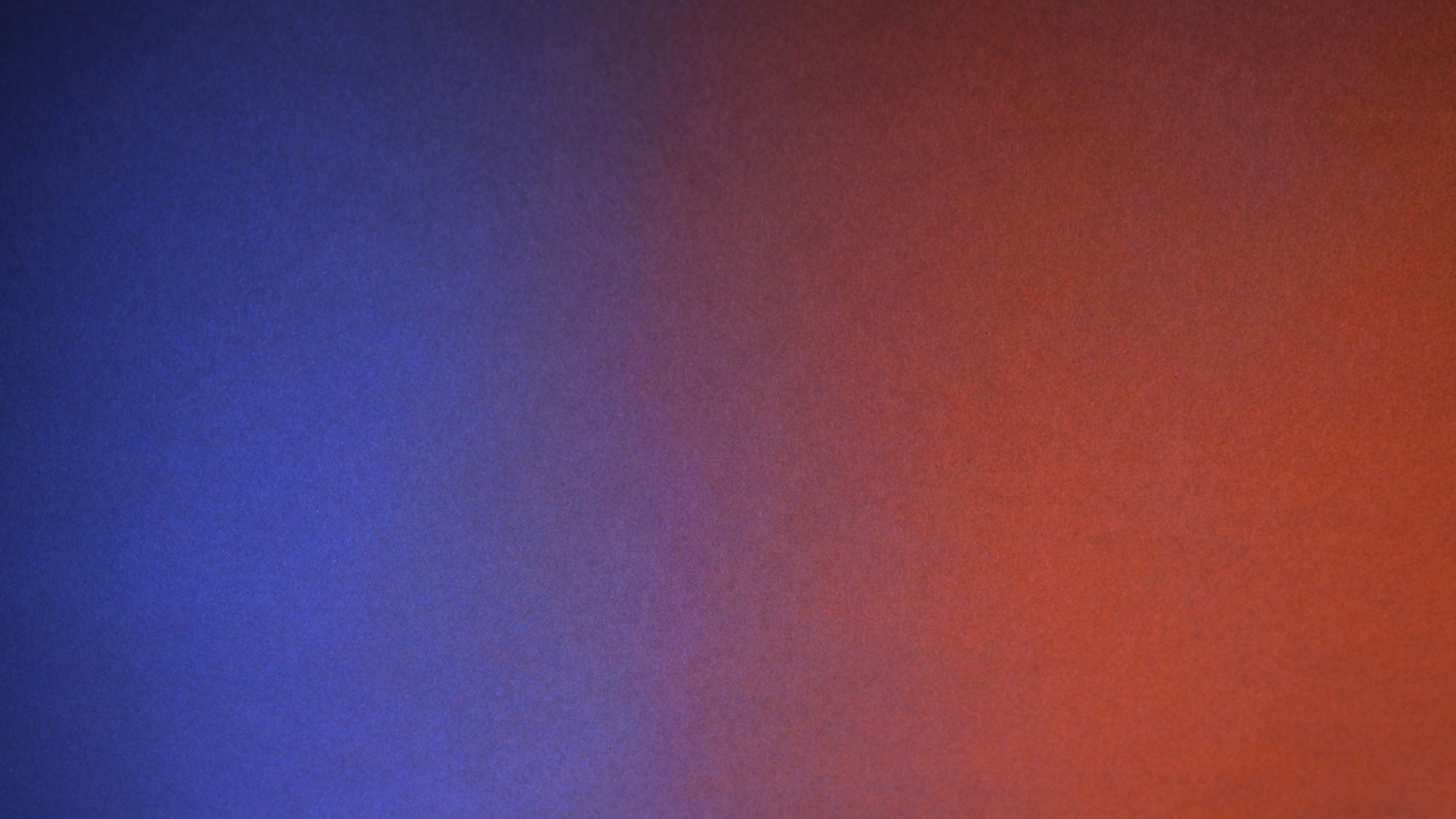Choosing the best 10-bit codec for Sony Cameras
The new line of Sony cameras (Sony A7S III, A7C II, A7CR, A6700, FX3, FX30, ZV-E1) offers 10-bit recording using different codecs, and we decided to test each one to determine which is the best.
For UHD 24p modes, the available options are XAVS HS, XAVS S, and XAVC S-I, a version of the h264 codec with intra-frame compression. The regular XAVS HS (h265) and XAVC (h264) have a maximum bitrate of 100 mb/s in 24p recording mode, while XAVS S-I records at 240 mb/s and requires a faster SD card. Using XAVS S-I should be the default option for most situations, however, in real examples, the difference is quite subtle.
TEST 1




The first test is a static shot with the sky. Some cameras and codecs struggle to capture solid colors with subtle differences in lightness and can cause visible banding and artifacts. You can see it in the XAVC 8-bit example, where purple and cyan color artifacts are visible when normalizing the footage into Rec 709 color space.
If we add subtractive saturation to the image, it will make it more pronounced, and the shot becomes unusable.




The 10-bit versions of the shot don’t exhibit this problem and show no visible artifacts when adding more saturation. There is also no visible difference between the codecs, so it’s a tie.
TEST 2



Next up, we have a scene with waves. It has a lot of movement, which is a struggle for highly-compressed codecs, and we wanted to see how much of an improvement XAVC-S-I compared to XAVC and XAVC HS. If you look at small details in the waves, you can see a lot of macro-blocking artifacts. XAVC is the worst, XAVC HS is a little better, and XAVS S-I is the best, which is unsurprising but still has visible macro-blocking artifacts. To better see the compression artifacts, look at the blue channel only with applied crop.



It won’t be as noticeable in regular viewing. For shots with a lot of movement and small details, it’s best to use an external recorder.
TEST 3




The last test we did with the grey background and added two lights on the side set to 6500k and 2700k temperatures, pushing the codecs for the banding artifacts. We included an 8-bit version in the mix as a reference point. As we can see, the 8-bit codec shows visible artifacts even when not pushed in the grading. The 10-bit codecs show little to no difference, so there’s no clear winner here.
VIDEO
CONCLUSION
The XAVC HS is the best codec for quality/filesize ratio. It does a slightly better job when you have movement in the frame than XAVC S, but they’re pretty close otherwise. The downside is that it requires proxy files for smooth playback, especially if editing in Adobe Premiere.
XAVC S is the same file size as XAVC HS, and the quality is comparable in most situations. The h264 compression is less efficient than h265 in XAVS HS, which causes more artifacts in the motion test. The main advantage of using it over XAVC HS would be the editing performance, although it depends on the system.
XAVC S-I offers the best quality when you have a lot of small moving details in the frame, and it’s the best for editing and playback, so no proxies are necessary. Despite the higher bitrate, the compression artifacts are still visible compared to other codecs. The downside is it requires more expensive SD cards, and the files are twice as large as XAVC and XAVC HS.
While the internal recording modes have improved in the latest Sony cameras compared to the previous generations, there are still visible issues and downsides of using h264 as the capture format but considering that larger cameras such as FX6 are also using XAVS for internal recording, we doubt that Sony will introduce internal ProRes anytime soon.
We are planning a 60p version of the test and will update the article with our findings.
